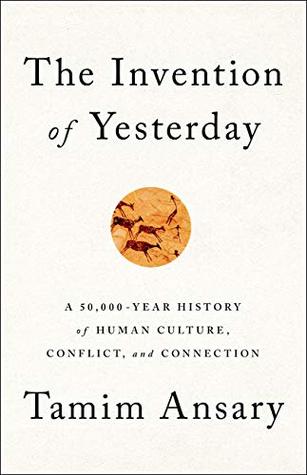In earlier times, tea came from orchards owned by landowning gentry. It was one of many crops cultivated on a given estate. The work was done by peasants with long-standing connections to the landowners. The relationships were mediated by Confucian values: peasants and gentry were linked to one another in webs of mutual obligations and responsibilities softened by oceans of etiquette and reciprocal debt. Now, however, tea orchards morphed into plantations, vast farms given over to a single cash crop. Efficiency became a central goal of cultivation as a way of maximizing output. Wage laborers
...more
Welcome back. Just a moment while we sign you in to your Goodreads account.


